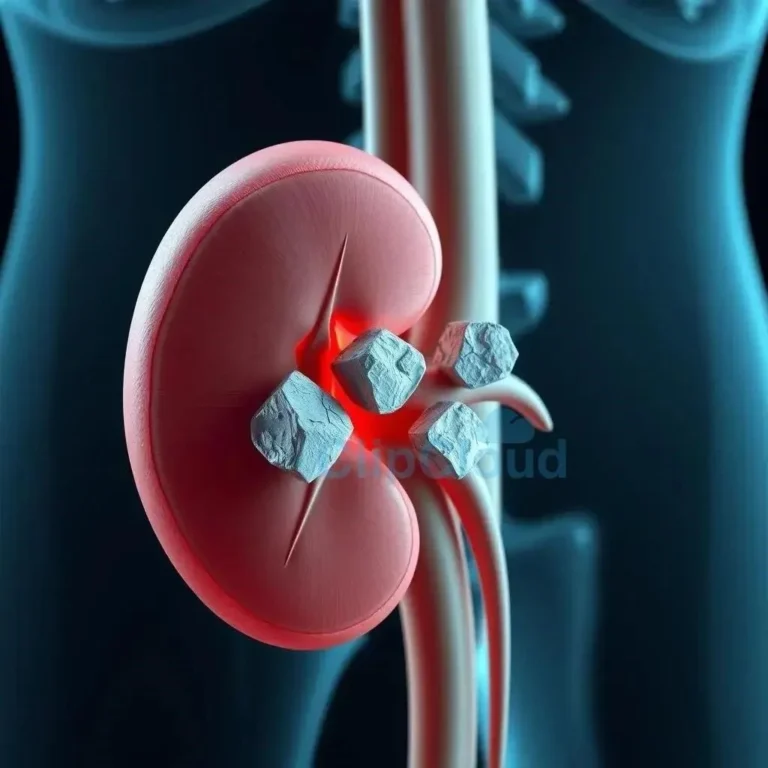Micro-breaks for Wellness and Productivity
Integrating short, frequent breaks throughout the workday can significantly enhance overall well-being and boost productivity. These “micro-breaks,” even lasting just a minute or two, offer valuable opportunities to recharge, refocus, and mitigate the negative impacts of prolonged stress.
The Importance of Micro-breaks
Regular micro-breaks are crucial for maintaining both physical and mental well-being throughout the workday. They offer a powerful antidote to the detrimental effects of prolonged sitting and continuous mental exertion. These short, intentional pauses can significantly improve focus, boost energy levels, and reduce the risk of burnout. Ignoring the need for these restorative moments can lead to decreased productivity, increased stress, and a decline in overall health.
One of the primary benefits of micro-breaks is their ability to combat mental fatigue. When we engage in focused work for extended periods, our cognitive resources become depleted, leading to decreased attention and diminished performance. Micro-breaks provide an opportunity for the mind to rest and reset, allowing us to return to our tasks with renewed focus and clarity. Even a brief pause to stretch, walk around, or simply gaze out the window can make a noticeable difference in our ability to concentrate and maintain productivity.
Furthermore, micro-breaks contribute to physical well-being by counteracting the negative effects of prolonged sitting. Remaining sedentary for extended periods can lead to muscle stiffness, back pain, and other musculoskeletal issues. Incorporating short bursts of physical activity, such as stretching or walking, during micro-breaks can help alleviate these problems and promote better posture. These brief movements improve circulation, reduce muscle tension, and contribute to overall physical comfort, enabling us to work more effectively and comfortably.
Beyond the immediate benefits of improved focus and physical comfort, micro-breaks also play a crucial role in preventing burnout. Chronic stress and unrelenting work demands can lead to emotional exhaustion, cynicism, and a sense of reduced personal accomplishment. Micro-breaks provide an opportunity to detach from work-related pressures, even momentarily, allowing us to recharge and regain a sense of perspective. By incorporating these restorative pauses into our workday, we can cultivate greater resilience to stress and maintain a healthier work-life balance.
Effective Stress Reduction Techniques During Micro-breaks
Micro-breaks offer valuable opportunities to incorporate stress reduction techniques into the workday, promoting both mental and physical well-being. These short pauses can be strategically utilized to alleviate tension, improve focus, and enhance overall productivity. By incorporating specific stress-reducing activities into micro-breaks, individuals can effectively manage stress levels and cultivate a more positive and productive work environment.
Deep breathing exercises are a simple yet powerful technique for reducing stress during micro-breaks. Taking slow, deep breaths can help calm the nervous system and reduce feelings of anxiety. Focusing on the breath can also help redirect attention away from stressful thoughts and promote a sense of relaxation. Even a few minutes of deep breathing can make a noticeable difference in stress levels and overall well-being.
Mindfulness meditation is another effective stress reduction technique that can be easily incorporated into micro-breaks. Taking a few moments to focus on the present moment, without judgment, can help quiet the mind and reduce mental clutter. Mindfulness practices can involve focusing on the breath, bodily sensations, or sounds in the environment. Regular practice can enhance self-awareness and improve the ability to manage stress effectively.
Gentle stretching and light exercise can also be highly beneficial during micro-breaks. Physical activity helps release endorphins, which have mood-boosting effects. Simple stretches can alleviate muscle tension and improve circulation, promoting both physical and mental relaxation. Taking a short walk or engaging in a few minutes of light exercise can provide a refreshing break from sedentary work and help reduce stress levels.
Listening to calming music or nature sounds can also be a relaxing and restorative activity during micro-breaks. Soothing sounds can help create a sense of tranquility and reduce feelings of anxiety. Choosing music or sounds that promote relaxation can enhance the stress-reducing benefits of micro-breaks and contribute to a more peaceful and productive work environment.
Addressing Quiet Quitting Stress with Micro-breaks
Quiet quitting, characterized by disengagement and reduced effort at work, can be a significant source of stress for individuals experiencing it. Micro-breaks can offer a valuable tool for mitigating this stress and fostering a healthier relationship with work. By strategically incorporating short breaks throughout the day, individuals can address the underlying causes of quiet quitting and cultivate a more positive and fulfilling work experience.
One of the primary drivers of quiet quitting is burnout, a state of emotional, physical, and mental exhaustion caused by prolonged or excessive stress. Micro-breaks can provide a much-needed respite from work demands, allowing individuals to recharge and prevent burnout. These short pauses can help restore energy levels, improve focus, and reduce feelings of overwhelm, ultimately mitigating the desire to disengage from work.
Micro-breaks can also help address the sense of feeling undervalued or unappreciated, another common factor contributing to quiet quitting. Using these breaks to engage in activities that promote well-being, such as mindfulness exercises or listening to calming music, can foster a sense of self-care and improve overall mood. This renewed sense of well-being can positively impact job satisfaction and reduce the likelihood of quiet quitting.
Furthermore, micro-breaks can be utilized to re-establish boundaries between work and personal life, which can often blur in today’s always-connected world. Stepping away from work, even for a few minutes, can help create a mental separation between professional and personal time. This separation can reduce feelings of being constantly “on” and contribute to a healthier work-life balance, mitigating the urge to quietly disengage from work.
By incorporating micro-breaks into the workday, individuals experiencing quiet quitting stress can regain a sense of control over their work experience. These short pauses offer an opportunity to prioritize well-being, manage stress effectively, and cultivate a more positive and engaged approach to work, ultimately reducing the likelihood of quiet quitting and fostering a more fulfilling professional life.
Implementing Micro-breaks for Improved Mental Health and Productivity
Implementing micro-breaks effectively requires conscious effort and integration into daily routines. These short, frequent breaks should not be viewed as an interruption but rather as an essential component of a productive and healthy workday. By strategically incorporating micro-breaks, individuals can enhance their mental well-being, boost productivity, and cultivate a more sustainable work-life balance.
Setting reminders throughout the day can be a helpful strategy for ensuring regular micro-breaks. Utilizing timers, phone alarms, or computer notifications can prompt individuals to step away from their work and engage in restorative activities. These reminders serve as cues to prioritize well-being and prevent prolonged periods of uninterrupted work, which can lead to fatigue and decreased productivity.
The Pomodoro Technique, a time management method involving focused work intervals followed by short breaks, can be a valuable framework for implementing micro-breaks. This technique typically involves 25-minute work periods followed by 5-minute breaks, with longer breaks after every four cycles. This structured approach can help individuals maintain focus and productivity while ensuring regular opportunities for rest and rejuvenation.
Varying micro-break activities can help prevent monotony and maximize their benefits. Engaging in different types of activities, such as stretching, deep breathing exercises, or mindful moments, can cater to different needs and preferences. This variety can also help maintain engagement and prevent the feeling of simply “going through the motions” during breaks.
Creating a supportive work environment that encourages micro-breaks is essential for their successful implementation. Open communication about the importance of these breaks can help normalize the practice and reduce any potential stigma associated with taking short breaks throughout the day. A supportive work culture that prioritizes well-being can contribute to increased productivity and improved overall employee satisfaction.






